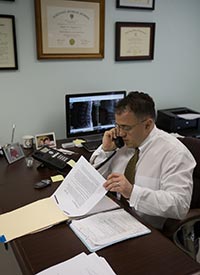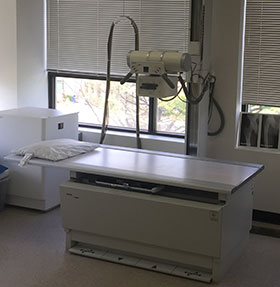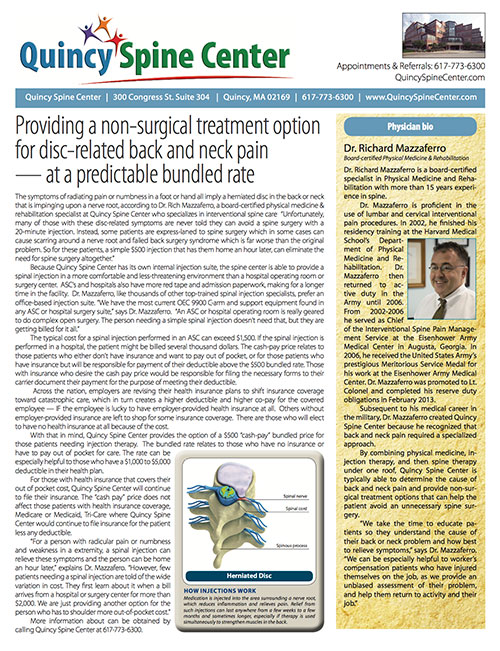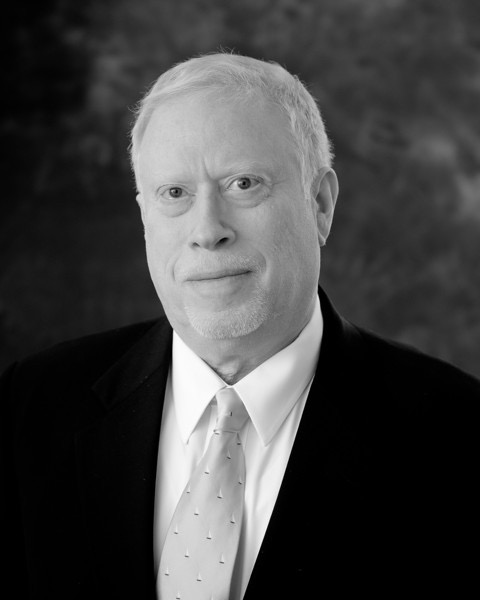Neck pain
Overview | Causes | Symptoms | Diagnosis | Treatment | FAQ
Overview
Like back strain, neck strain is an irritation to tendons, muscles
and ligaments in the upper back and neck area. Whiplash is characterized
by a collection of symptoms that occur following damage to the neck,
usually because of sudden extension and flexion, such as in a car
accident.
[top]
Causes
 Sometimes neck strain can be brought on by an abrupt movement by the
neck, such as whiplash.
Sometimes neck strain can be brought on by an abrupt movement by the
neck, such as whiplash.
[top]
Symptoms
Symptoms such as neck pain may be present directly after the injury
or may be delayed for several days. In addition to neck pain, other
symptoms may include neck stiffness, injuries to the muscles and
ligaments (myofascial injuries), headache, dizziness, abnormal sensations
such as burning or prickling (paresthesias), or shoulder or back
pain. In addition, some people experience cognitive, somatic, or
psychological conditions such as memory loss, concentration impairment,
nervousness/irritability, sleep disturbances, fatigue or depression.
[top]
Diagnosis
Outlined below are some of the diagnostic tools that your physician may use to gain insight into your condition and determine the best treatment plan for your condition.
Medical history: Conducting a detailed medical history helps the doctor better understand the possible causes of your back and neck pain which can help outline the most appropriate treatment.
Physical exam: During the physical exam, your physician will try to pinpoint the source of pain. Simple tests for flexibility and muscle strength may also be conducted.
X-rays are usually the first step in diagnostic testing
methods.  X-rays show bones and the space between bones. They are
of limited value, however, since they do not show muscles and ligaments.
X-rays show bones and the space between bones. They are
of limited value, however, since they do not show muscles and ligaments.
MRI (magnetic resonance imaging) uses a magnetic field and radio waves to generate highly detailed pictures of the inside of your body. Since X-rays only show bones, MRIs are needed to visualize soft tissues like discs in the spine. This type of imaging is very safe and usually pain-free.
CT scan/myelogram: A CT scan is similar to an MRI in that it provides diagnostic information about the internal structures of the spine. A myelogram is used to diagnose a bulging disc, tumor, or changes in the bones surrounding the spinal cord or nerves. A local anesthetic is injected into the low back to numb the area. A lumbar puncture (spinal tap) is then performed. A dye is injected into the spinal canal to reveal where problems lie.
Bone scan: Bone imaging is used to detect infection, malignancy, fractures and arthritis in any part of the skeleton. Bone scans are also used for finding lesions for biopsy or excision.
Discography is used to determine the internal structure of a disc. It is performed by using a local anesthetic and injecting a dye into the disc under X-ray guidance. An X-ray and CT scan are performed to view the disc composition to determine if its structure is normal or abnormal. In addition to the disc appearance, your doctor will note any pain associated with this injection. The benefit of a discogram is that it enables the physician to confirm the disc level that is causing your pain. This ensures that surgery will be more successful and reduces the risk of operating on the wrong disc.
Injections: Pain-relieving injections can relieve back pain and give the physician important information about your problem, as well as provide a bridge therapy.
[top]
 Treatment
Treatment
Treatment for individuals with neck strainmay include pain medications, nonsteroidal anti-inflammatory drugs, antidepressants, muscle relaxants, and a cervical collar (usually worn for two to three weeks). Range of motion exercises, physical therapy, and cervical traction may also be prescribed. Supplemental heat application may relieve muscle tension.
Generally, prognosis for individuals with neck strain
is good. The pain clears within a few days or weeks. Most patients
recover within 3 months after the injury, however, some may continue
to have residual neck pain and headaches.
[top]
FAQs
When is neck strain serious?
As with back pain, any time symptoms do not improve after three days, it's a good idea to see a spine specialist. Also, red flag symptoms like pain or numbness radiating into an arm, especially down into the fingers, are emergency symptoms and should be seen by a spine specialist within 48 hours, or you risk permanent damage.
See our exercise library for helpful neck exercises.
How can I prevent neck strain?
You can minimize your risk of experiencing neck strain by strengthening
the muscles and ligaments in your neck, avoiding contact sports and
driving cautiously.
[top]

Understanding Symptoms
Pain is not a good indicator of when to see a doctor for a spine problem. While a back spasm can be excruciating, the good news is that ligament strain doesn’t require surgery.

Quincy Bundled Rate
Find out more about a simple 20 minute office procedure — at a $700 bundled rate — that can eliminate the need for spine surgery.

Jeffrey Jackel, MD
Board-certified Anesthesiologist
Board-certified in Pain Medicine (exp)


